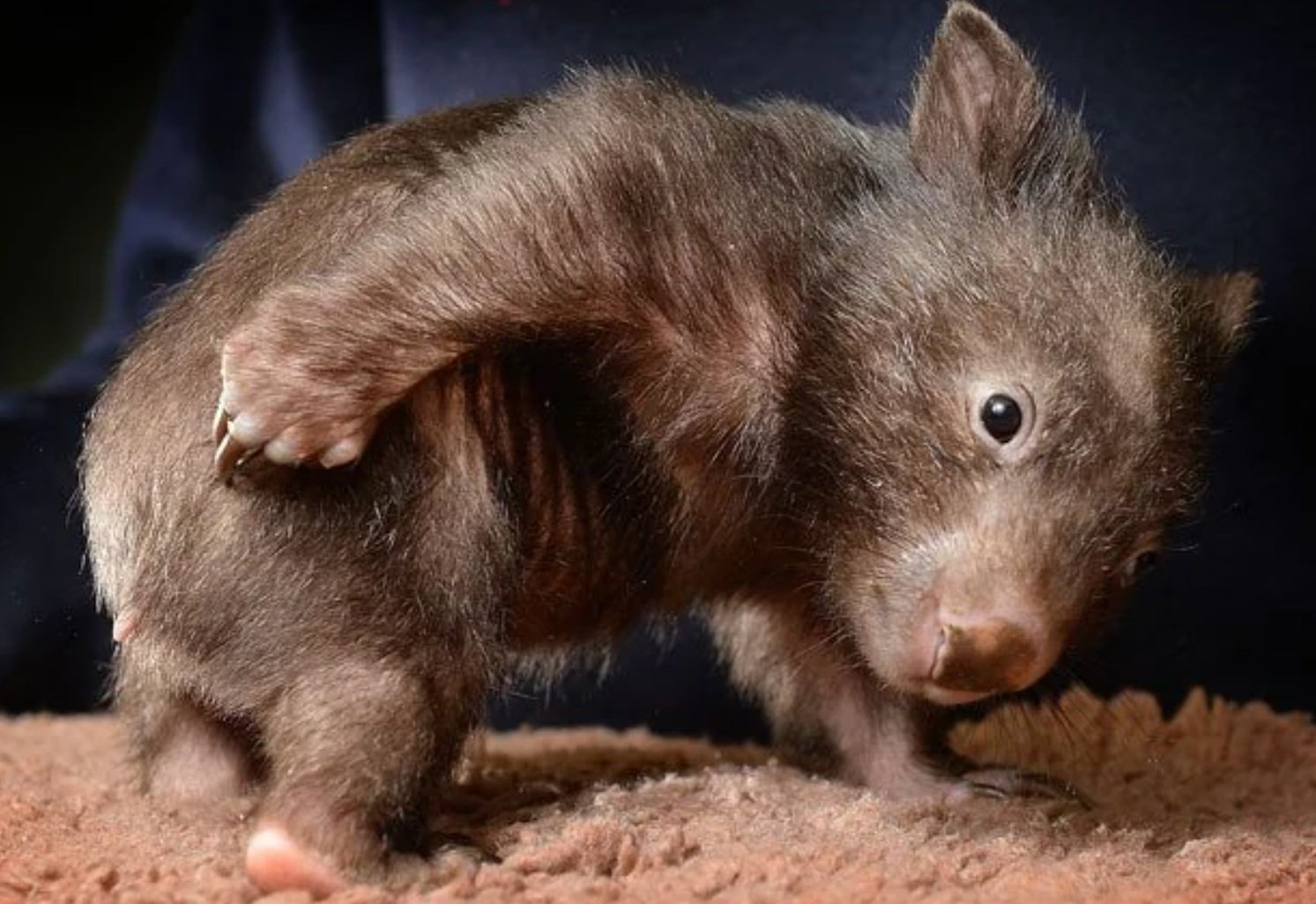6 INTRIGUING QUESTIONS TO MAKE YOU FASCINATING AT HALLOWEEN PARTIES

6 INTRIGUING QUESTIONS TO MAKE YOU FASCINATING AT HALLOWEEN PARTIES
Where Does the term “Placebo Effect” Come from?
The term "placebo" originates from Latin, meaning “I will please.” Initially associated with a Catholic evening prayer for the deceased, it later appeared in Geoffrey Chaucer's “The Merchant’s Tale” where a character named Placebo, unsurprisingly, spends a lot of time telling his older brother exactly what he wants to hear, while a third brother, Justinus, gives much better advice.
The word transitioned into medicine, denoting treatments intended to please or comfort patients without medical efficacy. It now refers to the psychological benefit a person may experience from a treatment believed to be real, showcasing the mind's role in physical health.
How Far Can You Fall and Still Survive?
Among the remarkable tales of survival from extreme heights, three individuals stand out. Vesna Vulović, a Serbian flight attendant, holds the record for surviving the highest fall of 33,330 feet (10,160 meters) in 1972, following an airplane bombing. It's believed she landed in part of the fuselage on a snow-covered mountainside, enduring numerous bone fractures. During World War II in 1942, Soviet Air Force lieutenant Ivan Chisov survived a fall of 23,000 feet (7,000 meters) after being shot down by Germans. His parachute failed to open, yet he escaped death by skidding down a ravine, though he sustained severe spinal injuries. Another wartime survivor, American airman Alan Magee, fell 22,000 feet (6,700 meters) in 1943 after being shot down by Germans. He crashed through the glass roof of the St. Nazaire railroad station, suffering multiple injuries including several broken bones and severe damage to his nose and eye, yet lived to narrate his astonishing survival story.
Can You Actually Suck the Poison Out of a Snakebite?
The "cut and suck" method was debunked decades ago as research showed it's counterproductive. Venom spreads too quickly in the system, making it impossible to suck out a significant amount. This method risks infection and further tissue damage. Using a tourniquet is also dangerous as it traps venom in one area, possibly costing a limb. Nowadays, it's advised to avoid touching the wound, seek medical assistance immediately, and remain calm. Remove tight clothing for swelling, avoid caffeine or alcohol, and don’t take any drugs. Remembering the snake's appearance for medical personnel is beneficial.
That’s Not Funny: A Party Game for People WHo love to laugh
Why Do We Say “Trick or Treat” on Halloween?
The phrase "Trick or Treat" on Halloween traces back to early 20th-century America, but has deeper roots in medieval European customs. Originally, poor individuals would go door-to-door offering prayers for the dead in exchange for food or money, a practice known as "souling". Over time, this evolved into playful mischief-making, where youth would perform minor tricks or antics unless rewarded with treats. The tradition further morphed into a more benign exchange, where children, dressed in costumes, would utter "Trick or Treat" to request candies from households, with the implicit playful threat of a harmless trick if denied.
Why Do We Get Shivers Down Our Spines?
The sensation of shivers down the spine, often triggered by fear or strong emotions, is part of the body's "fight-or-flight" response to potential threats. When experiencing intense emotions, the body releases adrenaline which can cause muscle contractions, thus creating that shivering sensation along your spine. This response could be evolutionary, harking back to when humans had a more pronounced hair coat, and these muscle contractions would make the hair stand up to appear larger to threats, similar to how a cat's fur puffs up. It's a fascinating intersection of physiology and emotion, showcasing how our bodies respond to the environment even in modern times.
Why Do Ghosts Say “Boo”?
The term "Boo" has evolved from a term of presence to a scare tactic over centuries. Originally, in Scottish proverb “He can’t say bo to a goose,” it denoted timidity. Over time, its phonetic structure lent itself to startling effects. By 1738, "Boo" appeared in Scottish writings to frighten children. In 18th century Scotland, variants like "bo" and "bu" started associating with frightening entities, leading to terms like "bu-kow" for hobgoblins and "bu-man" for terrifying goblins. Initially, ghosts in literary works were depicted as eloquent beings. However, by mid-1800s, their verbal expressions were reduced to eerie iterations of "Boo," as showcased in an 1863 Punch and Judy script, marking a shift towards the spooky connotation we associate with "Boo" today.






